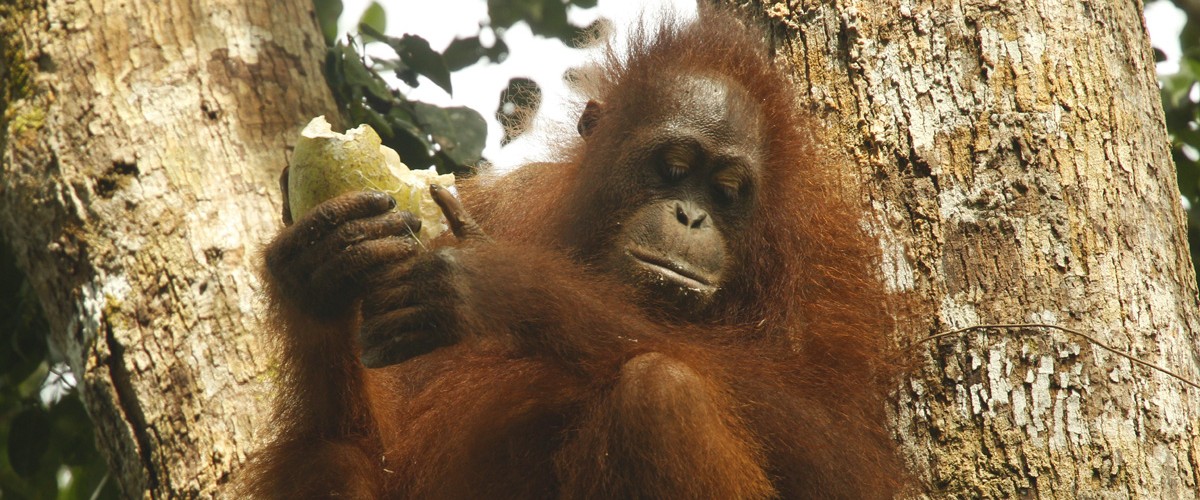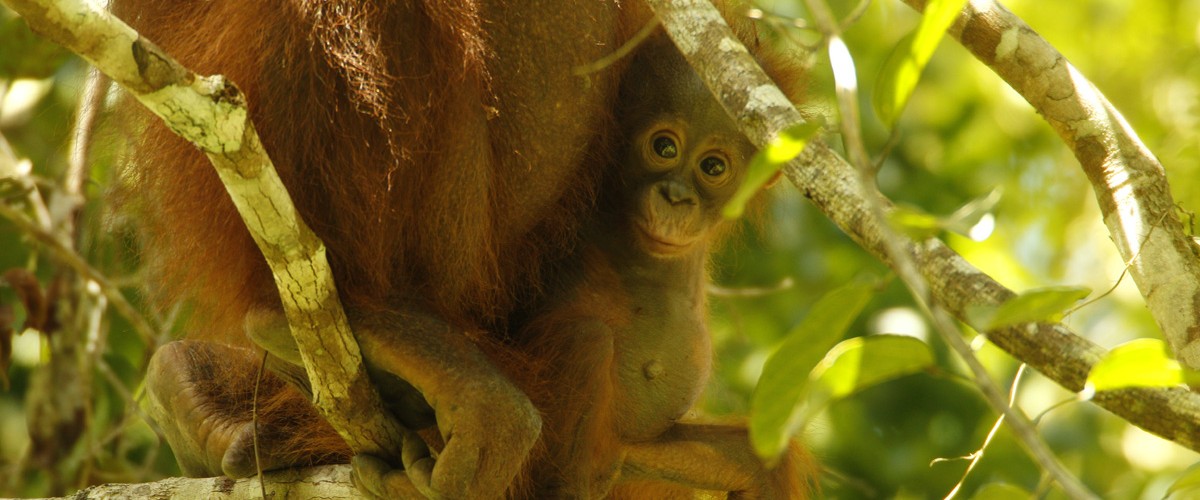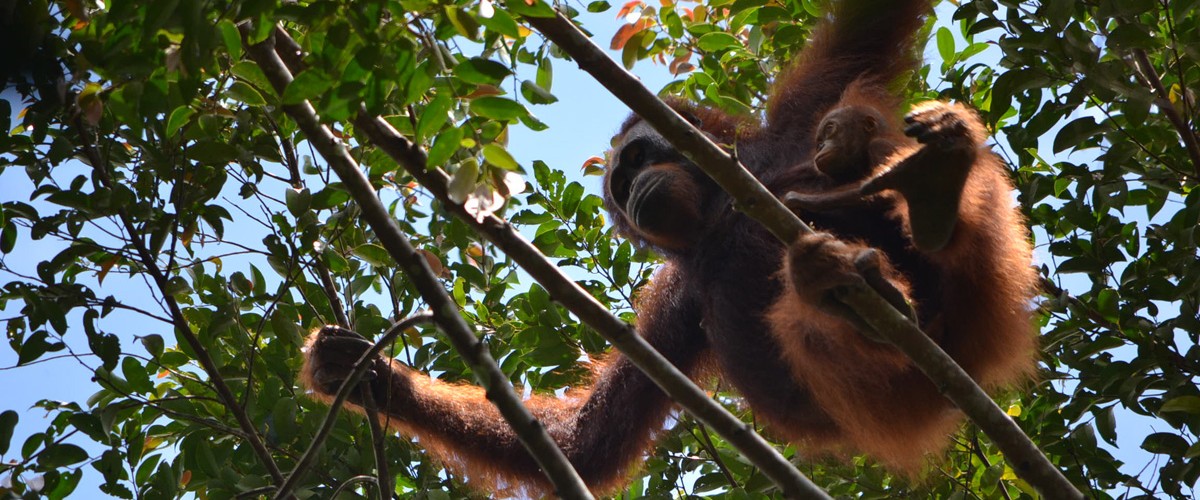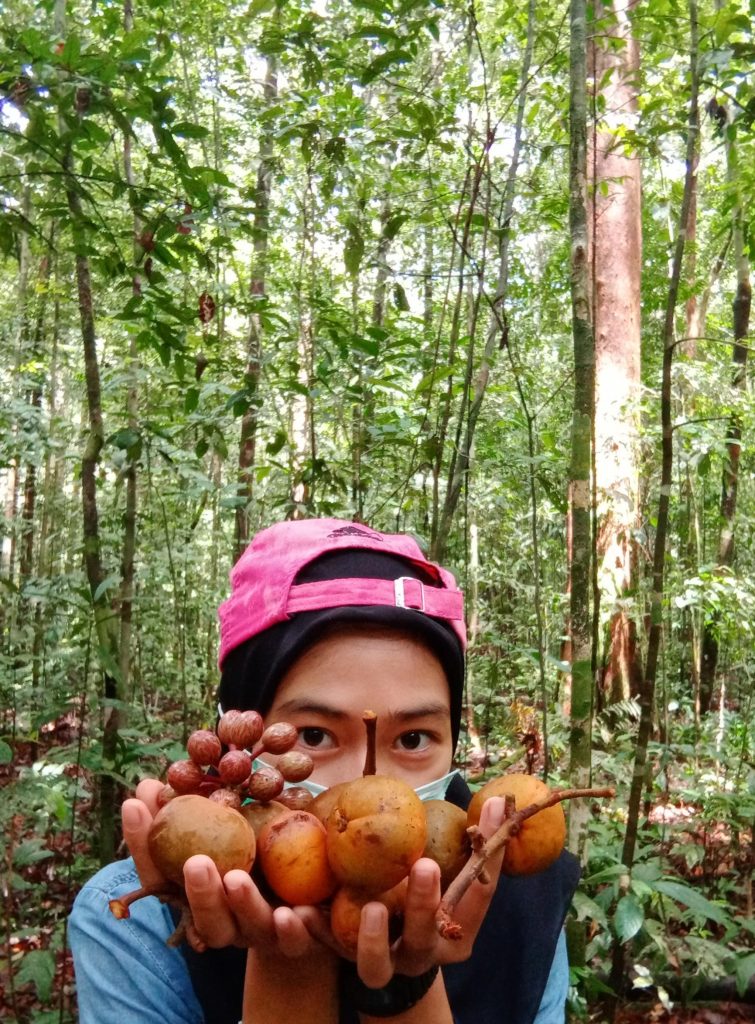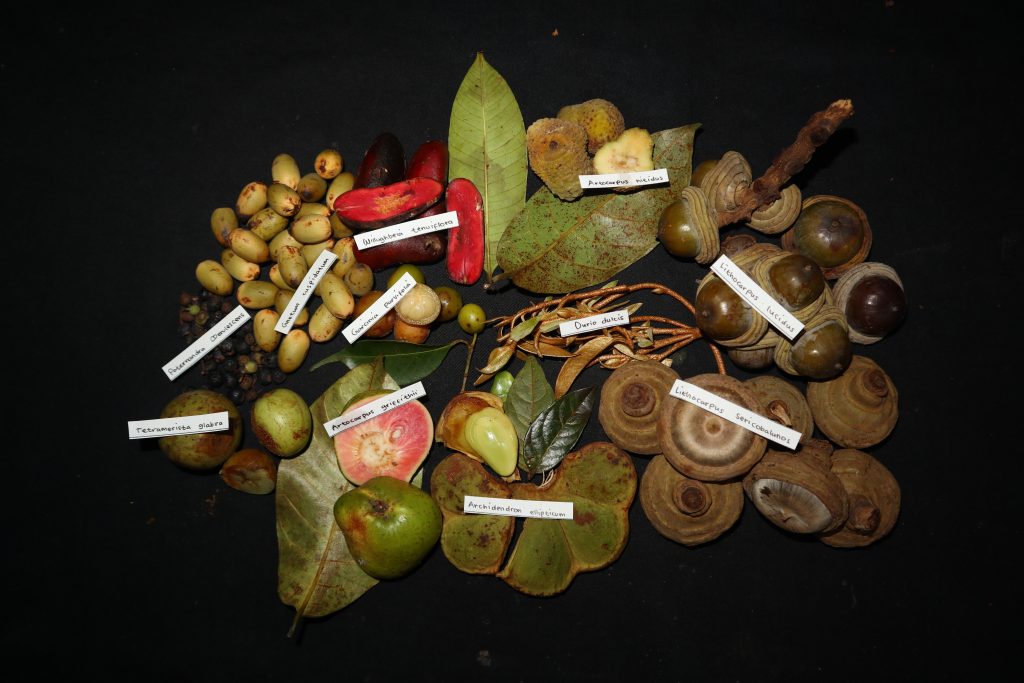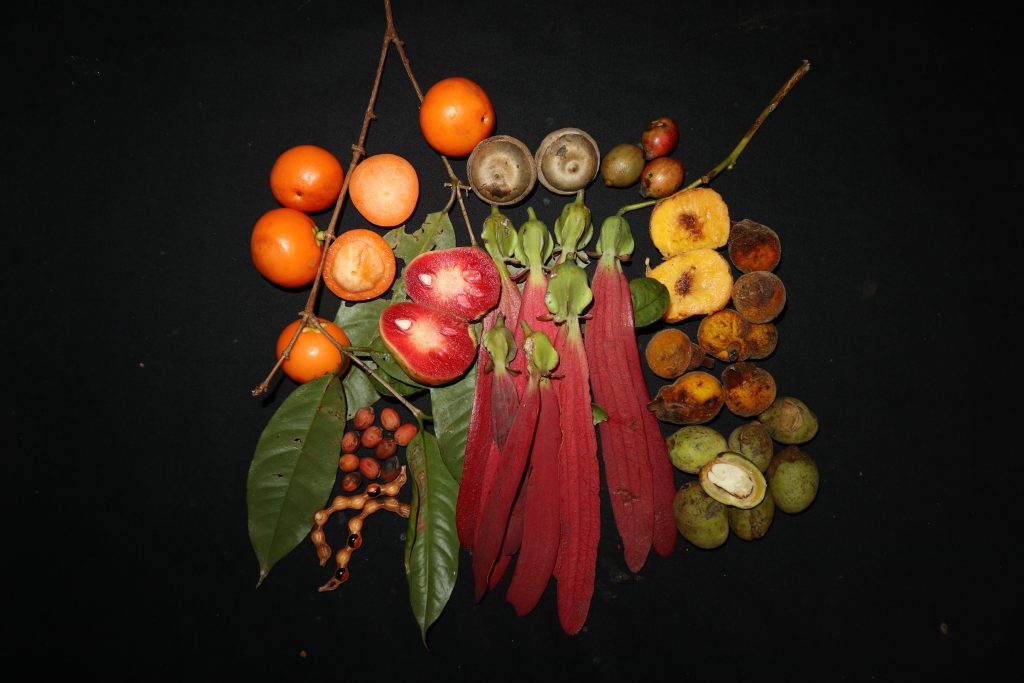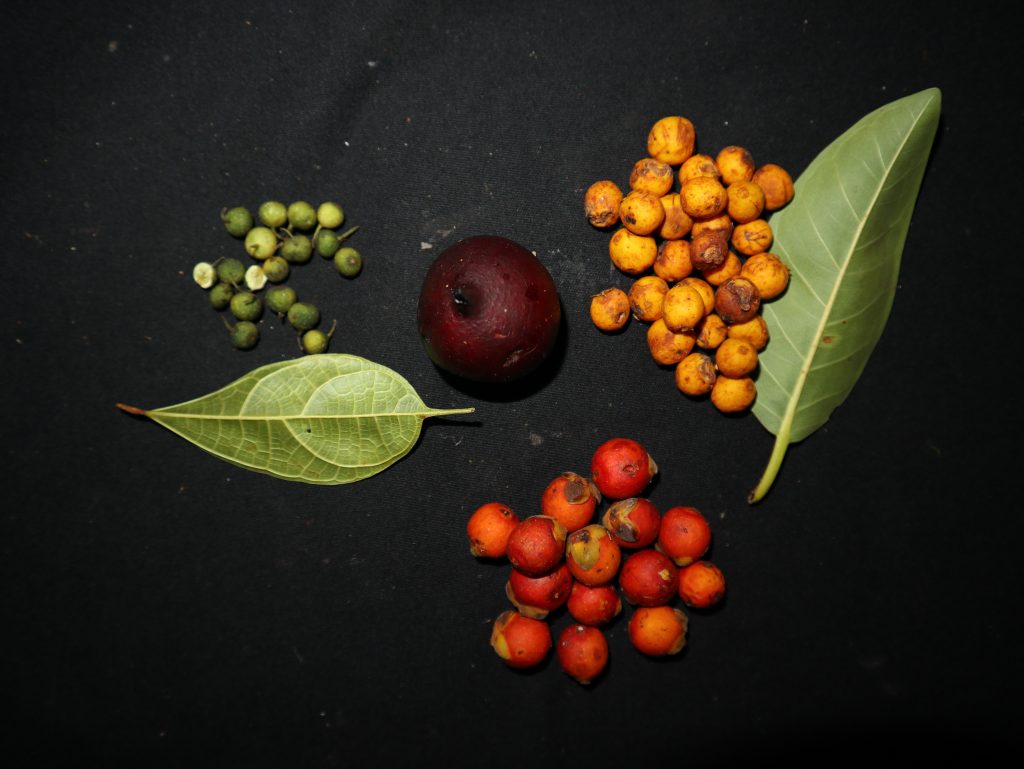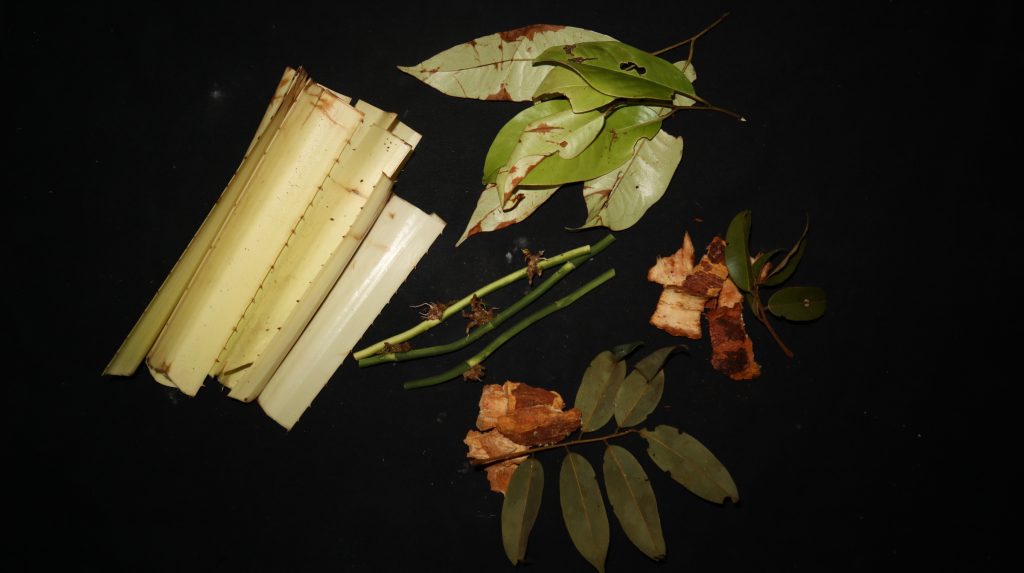By Sumihadi, Assistant Research Manager, Botany
Forests that are maintained sustainably are one of the most important factors in supporting the survival of flora and fauna, because one of their key benefits is providing shelter and food for animals. One of the animals that has an important role within the forest, but its existence is threatened is the orangutan.
For four years I have been part of the Yayasan Palung/GPOCP Team engaged in orangutan research. I started this work as a volunteer because I am one of the recipients of the West Bornean Orangutan Caring Scholarship. After graduating from college in 2019, I volunteered for one month and then started working as laboratory staff at the Gunung Palung National Park Cabang Panti Research Station in 2020.
The exciting days began after completing three months of staff training – I was now part of the Orangutan Project. As time went on, I began to find what I liked and wanted to do. I loved my work and discovering unique and interesting things in this forest – very adorable orangutans, their interesting behavior, and that they eat both plants and small insects. Moreover, when I entered the forest I found animals, large trees, lianas hanging freely, leaf litter on the forest floor, and each different habitat gave off a calming atmosphere. All of these became objects of my interest to study and capture with a camera.
One of my jobs as a lab assistant is to deal directly with orangutan food samples as well as urine and fecal samples. I collect orangutan samples from the field and bring them back to camp. I then work to identify food samples, namely plant parts, by matching types in the database. I then carryout what we call “fruit work” (kerja buah) by separating them into the different parts (seeds, flesh, skin) and weighing and measuring them. During this process, I take photographs of the plants as digital documentation. It was from these process that I began to get carried away with doing more than just weighing and photographing.
2021, I combined my job with a new hobby, which was to make collages of all the orangutan foods eaten each month. Each day we collect samples of the fruits or plants eaten by the orangutans. To the extent possible, I get complete samples of the food eaten, often with the help of field assistants that are following the orangutans. I then set aside one-by-one, good examples of each of the various types of plants that the orangutans fed on during the day. Then I photograph them and combine the photos into folders, with each folder containing the name of a different genus and species. I do this every month and I make a list of what plants orangutans ate that month. I then arrange the food samples artistically into one frame and photograph the samples together. I do this to be able to distinguish easily what is always present in the forest and what orangutans only eat occasionally. These photographs thus become a visual representation of the range of foods orangutans eat each month as well as being visually pleasing!
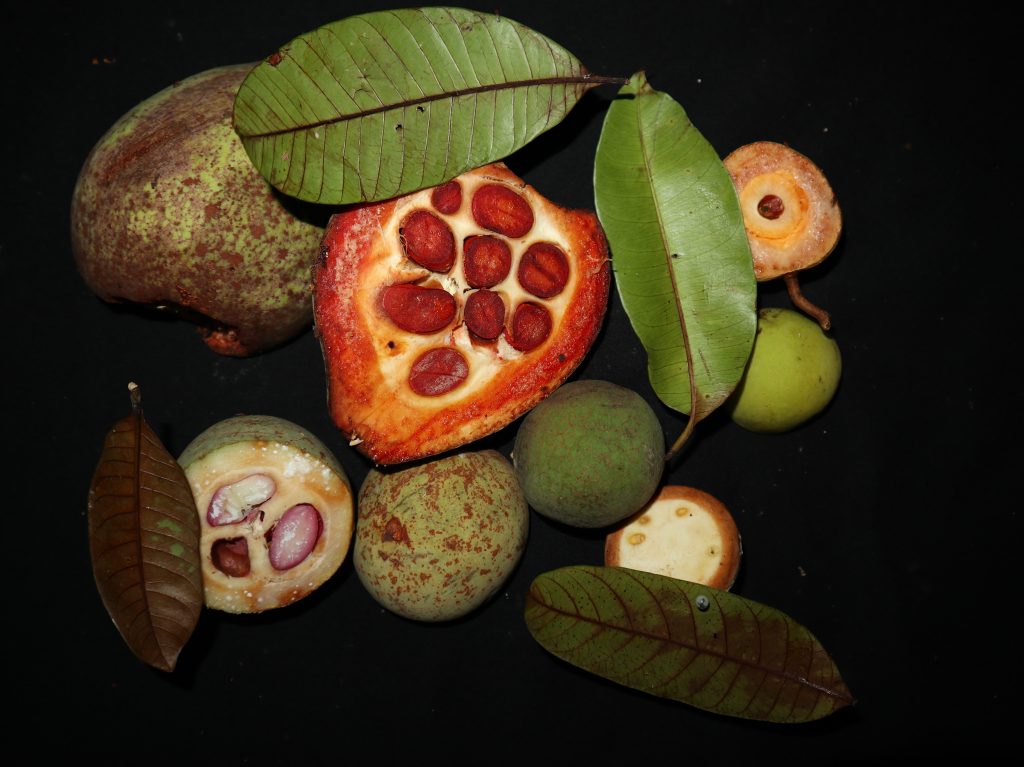
Bottom: A variety of Willughbeia fruit with their leaves that help identify the different types.
The types of fruits, flowers, leaves, and even mushrooms and small insects that the orangutans eat are very unique and interesting in shape, color, and taste. Orangutans do not only eat fruit, they also eat young leaves, old leaves, tree bark and pith as well. I find it difficult to choose which plant I like best because I like everything, but I can say that Ficus (fig) fruit comes in many types and is always there and always bears fruit throughout the year. Besides Ficus there are also Willughbeia lianas which also come in different varieties. Meanwhile, other plants only produce fruit seasonally or irregularly. One of them is from the family Dipterocarpaceae. Here, you can see some photos that that I have taken of these different plants.
My new-found hobby of collecting and photographing plants has been discovered because of this work. Thanks to Yayasan Palung / GPOCP for giving me the opportunity to contribute to this research. I really love the work and the environment in Gunung Palung National Park.
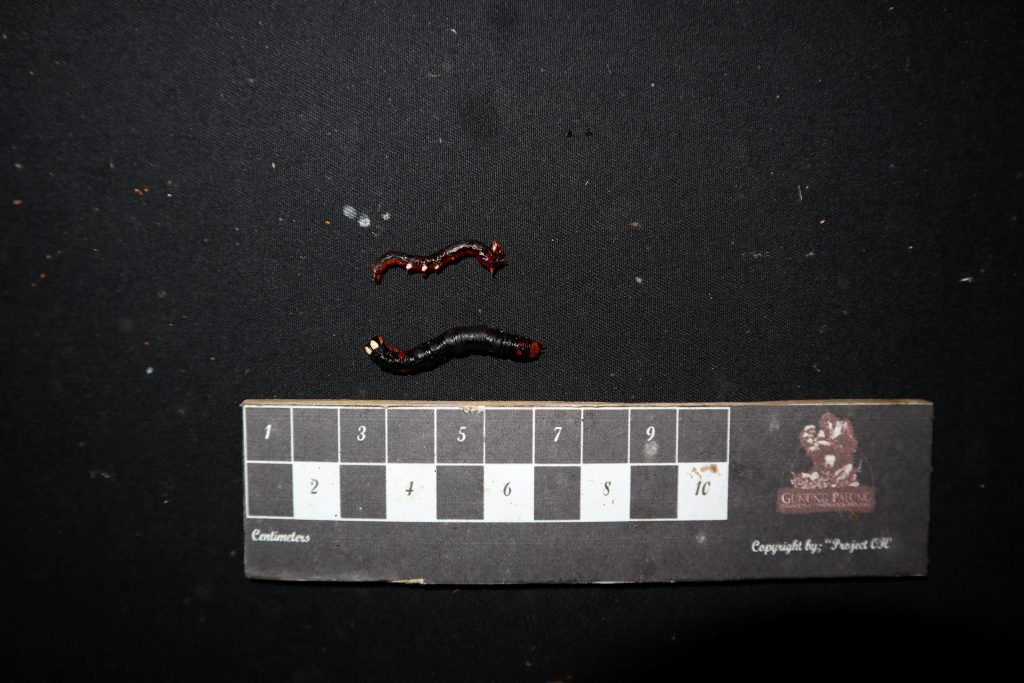
Middle: Pith, bark, epiphyte and young leaves.
Bottom: Juggler caterpillars. It has been fairly rare that we see orangutans eat caterpillars, but they appear to do this more frequently in the secondary forest that we are now monitoring!
